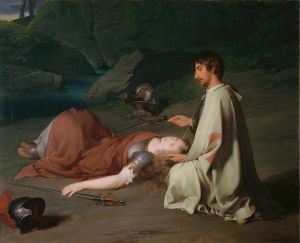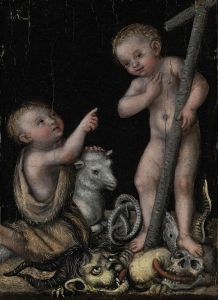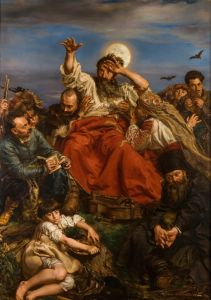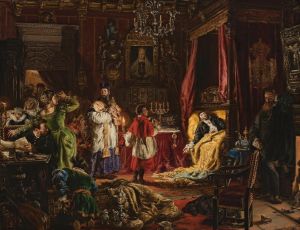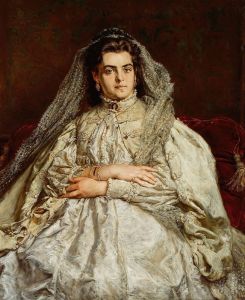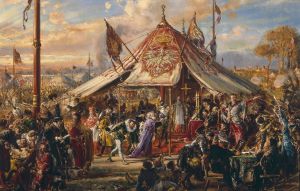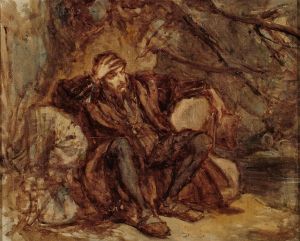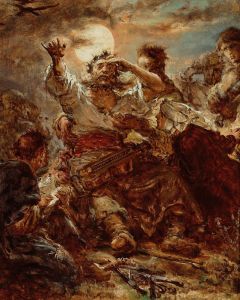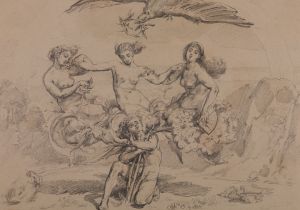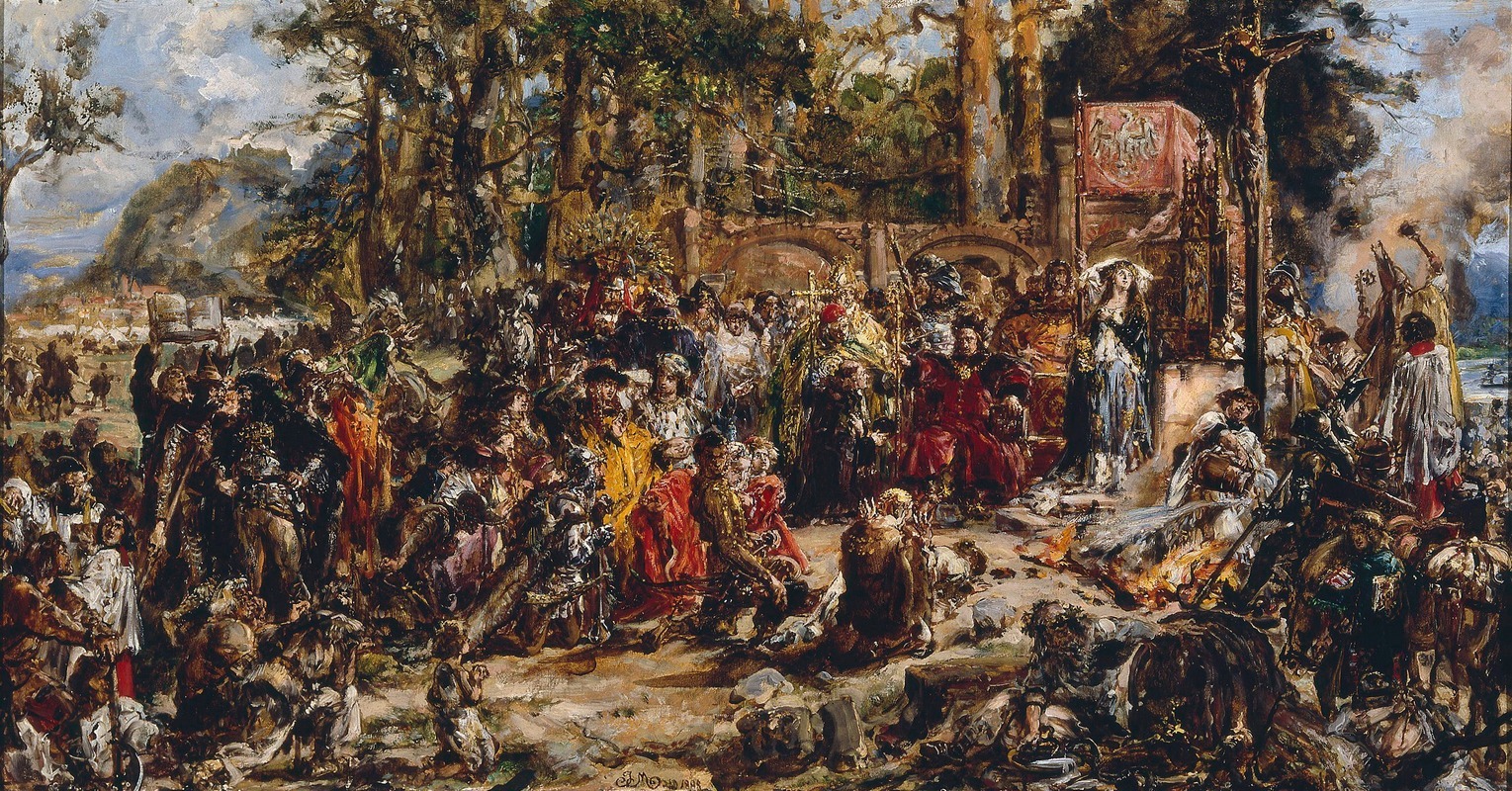
Baptism of Lithuania, from the series “History of Civilization in Poland”
A hand-painted replica of Jan Matejko’s masterpiece Baptism of Lithuania, from the series “History of Civilization in Poland”, meticulously crafted by professional artists to capture the true essence of the original. Each piece is created with museum-quality canvas and rare mineral pigments, carefully painted by experienced artists with delicate brushstrokes and rich, layered colors to perfectly recreate the texture of the original artwork. Unlike machine-printed reproductions, this hand-painted version brings the painting to life, infused with the artist’s emotions and skill in every stroke. Whether for personal collection or home decoration, it instantly elevates the artistic atmosphere of any space.
"Baptism of Lithuania, from the series 'History of Civilization in Poland'" is a painting by the renowned Polish artist Jan Matejko. This artwork is part of a larger series that Matejko created to depict significant events in Polish history and culture. Jan Matejko, born in 1838 and died in 1893, is celebrated for his historical paintings that capture pivotal moments in the history of Poland and its neighboring regions.
The painting "Baptism of Lithuania" specifically illustrates the Christianization of Lithuania, a historical event that took place in the late 14th century. This event is significant as it marked the formal conversion of the Grand Duchy of Lithuania to Christianity, which was a crucial step in the integration of Lithuania into the cultural and political sphere of medieval Europe.
The baptism of Lithuania is closely associated with the Union of Krewo in 1385, where Grand Duke Jogaila of Lithuania agreed to convert to Christianity and marry Queen Jadwiga of Poland. This union led to Jogaila being crowned as King Władysław II Jagiełło of Poland, thereby establishing a dynastic union between Poland and Lithuania. The formal baptism of the Lithuanian people followed, beginning in 1387, and was a monumental event in the history of both nations.
In Matejko's painting, the scene is likely depicted with great attention to historical detail, characteristic of his style. Matejko was known for his meticulous research and dedication to historical accuracy, often consulting historical texts and artifacts to ensure the authenticity of his works. The painting would typically feature key figures such as Jogaila and other nobles, clergy, and common people participating in the baptismal ceremony.
The composition of the painting likely includes symbolic elements that highlight the significance of the event. For instance, the presence of religious icons, the cross, and the ceremonial attire of the participants would emphasize the solemnity and importance of the Christianization process. The setting might be depicted in a way that reflects the medieval architecture and landscape of the time, providing a visual context for the historical event.
Jan Matejko's works, including "Baptism of Lithuania," are not only artistic masterpieces but also serve as educational tools that bring historical events to life. His paintings are housed in various museums and collections, with many of them being part of the permanent collection of the National Museum in Warsaw and the National Museum in Kraków.
In summary, "Baptism of Lithuania" by Jan Matejko is a historically significant painting that captures the momentous event of Lithuania's conversion to Christianity. Through his detailed and accurate portrayal, Matejko provides a visual narrative of this key historical moment, contributing to the understanding and appreciation of the cultural and historical heritage of Poland and Lithuania.







![View from under the portico of the Temple of Dendera [Dandara].](/imgs/217571/s/david-roberts-view-from-under-the-portico-of-the-temple-of-dendera-dandara-cfe01457.jpg)
